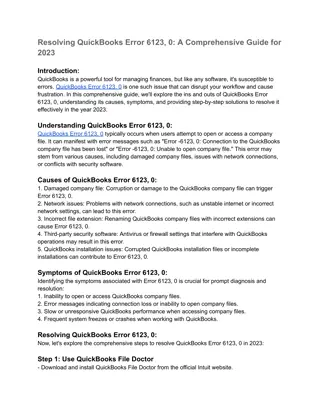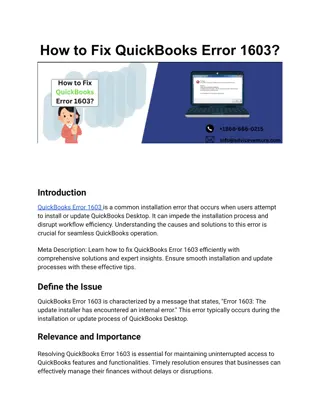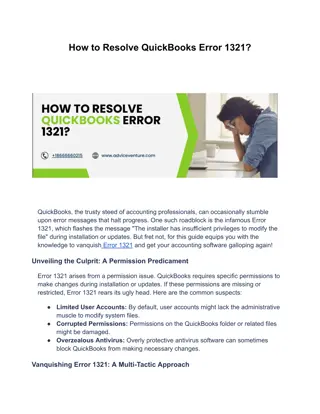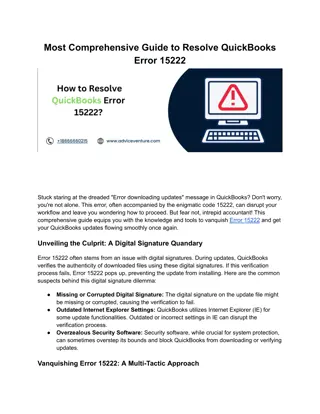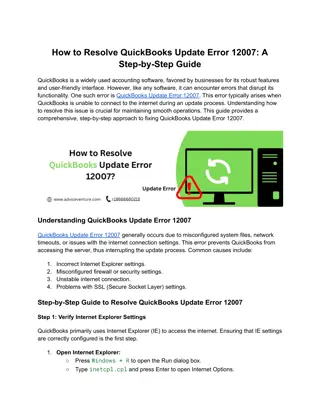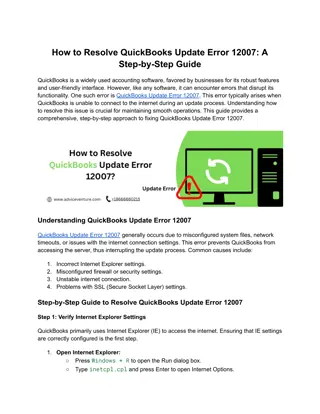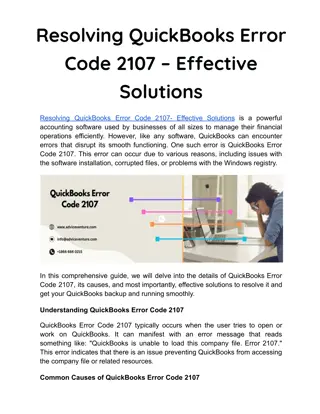
Methods for Threshold Determination in Psychophysics
Explore the traditional methods developed by G.T. Fechner for determining thresholds in psychophysics, including the Method of Average Error. Learn about the relationship between physical stimulation and mental experience, and how observers adjust stimulus intensity to define thresholds. Dive into experiments on phenomena like the Muller-Lyer Illusion using the Method of Constant Stimuli.
Download Presentation

Please find below an Image/Link to download the presentation.
The content on the website is provided AS IS for your information and personal use only. It may not be sold, licensed, or shared on other websites without obtaining consent from the author. If you encounter any issues during the download, it is possible that the publisher has removed the file from their server.
You are allowed to download the files provided on this website for personal or commercial use, subject to the condition that they are used lawfully. All files are the property of their respective owners.
The content on the website is provided AS IS for your information and personal use only. It may not be sold, licensed, or shared on other websites without obtaining consent from the author.
E N D
Presentation Transcript
The methods traditionally used to determine the threshold were devised by G.T.Fechner(1801-1887), a German physicist and philosopher, regarded as the founder of psychophysics. Fechner was concerned with the relation between physical stimulation and mental experience. In order to study the above mentioned relationship, he devised a series of methods
Method of Average Error The typical degree to which a series of observations are inaccurate with respect to an absolute criterion (e.g., a standard weight or length) or a relative criterion (e.g., the mean of the observations within a given condition). (APA DEFENITIION) This method is also known as the Method of Adjustment. The intensity of the stimulus is under the observer s control i.e. the observer is required to adjust the intensity to a just detectable level.
Once the observer adjusts the stimulus intensity until it is just detectable, the value of that intensity level defines the threshold. The difference between St and Co defines the error in each judgment. A large number of such judgments are obtained and the average of those judgments is calculated. Hence the name, method of average error is given
Method of Average Error This method will be illustrated with data obtained from the experiment on Muller Lyer Illusion( hypothetical data). The arrow-headed line is the standard stimulus and the feather- headed line is the comparable stimulus. The subject has to adjust the feather-headed line until it appears equal to arrow-headed line. Subject uses two kind of movements to make the adjustment --- Inward and Outward. The movement and space errors are controlled by the experimenter by using the counterbalancing design.
DETERMINATION OF PSE and CE (extent of Muller-Lyer Illusion) by the METHOD OF CONSTANT STIMULI( hypothetical data)
DETERMINATION OF PSE and CE (extent of Muller-Lyer Illusion) by the METHOD OF CONSTANT STIMULI Mean RO: Mean RI: Mean LO: Mean LI:




